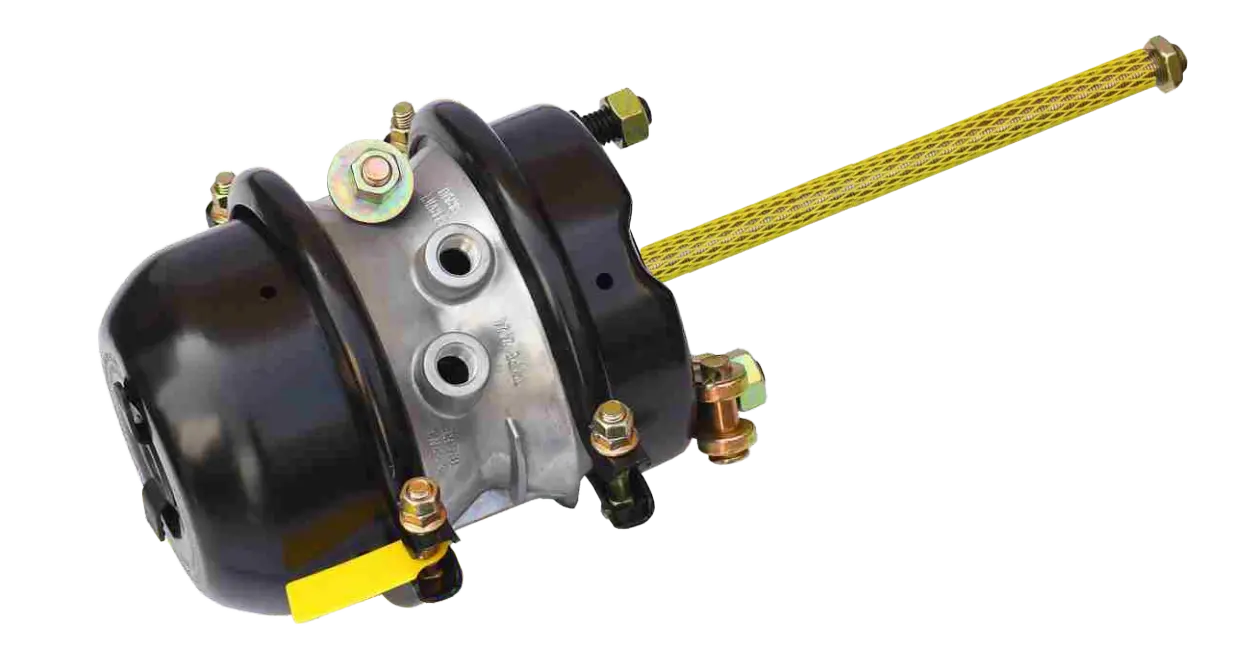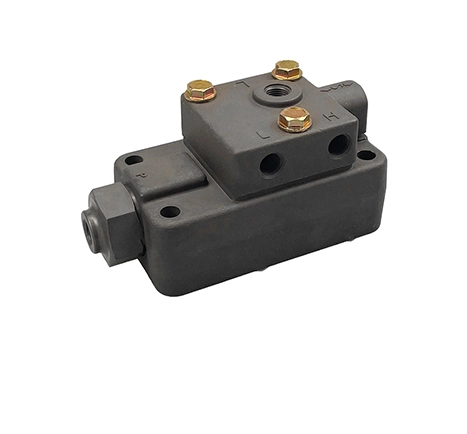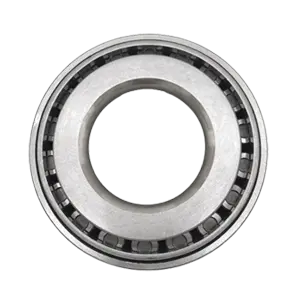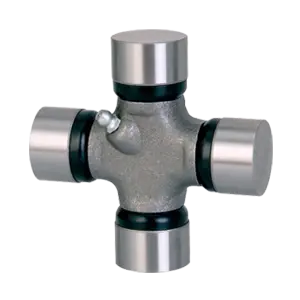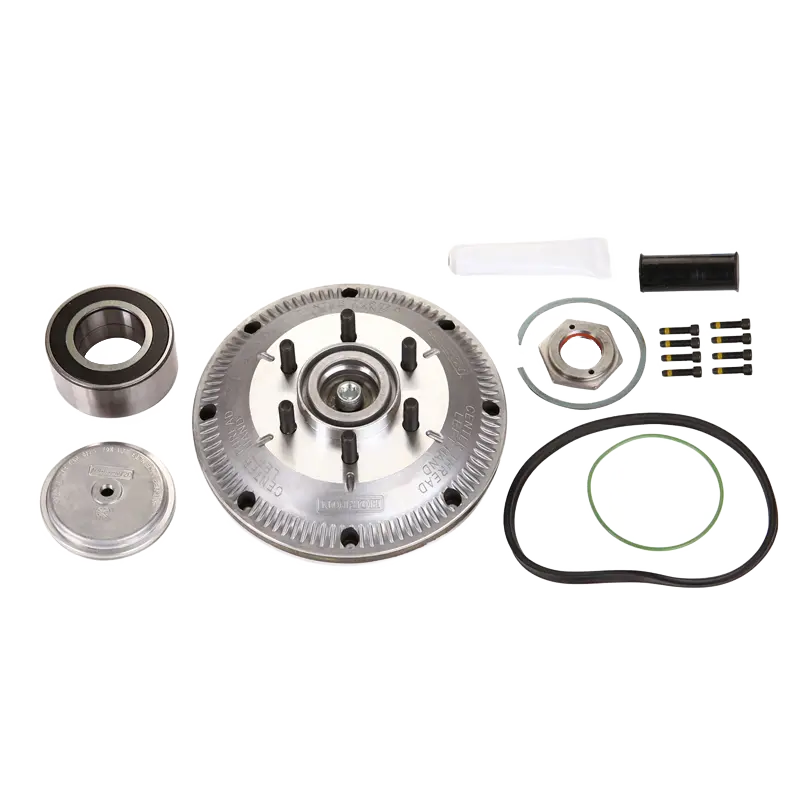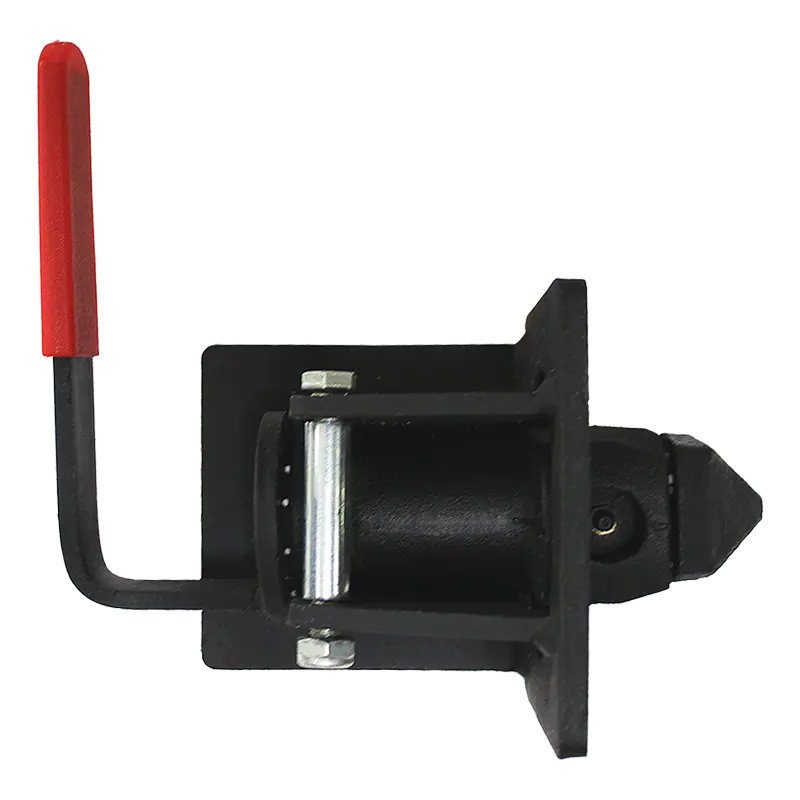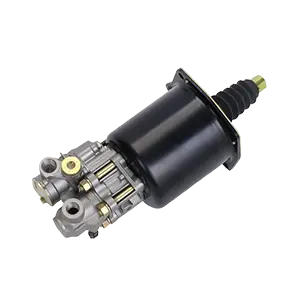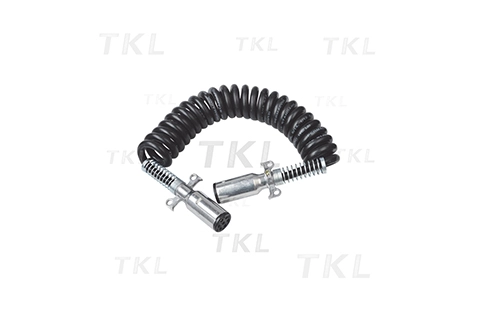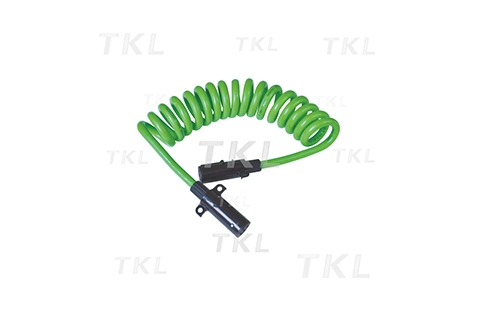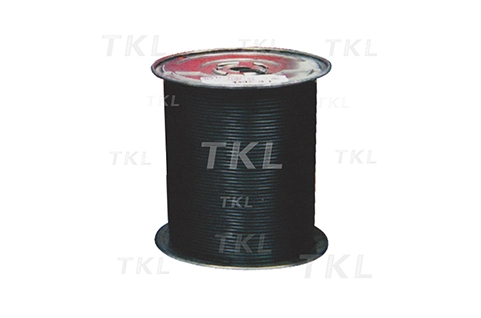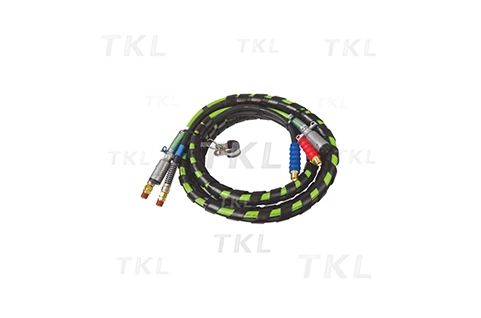English
-
Products
Air Dryer (17)AD-HF Air Dryer AD-9SI Air Dryer AD-9 Air Dryer AD-IP Air Dryer AD-IS Air Dryer Air Brake Dryer System Saver 1800 Air Dryer Meritor-Wabco SS-1200 Plus Air Dryer System Saver 1200 Air Dryer ADSP Air Dryer SKF Turbo-2000 Air Dryer Haldex Dryest Air Dryer Haldex ModulAir Air Dryer Haldex PURest Air Dryer Wabco Air Dryer 4324101020 Knorr-Bremse Air Dryer Duradrain ValveBrake Valve (20)D-2 Governor MV-3 Control Valve MIDLAND Control Valve PP-DC Control Valve Control Valve Foot Brake Valve Manual Drain Valve Relay Valve ABS System Relay Emergency Valve Tractor Protection Valve Air Manifold Quick Release Valve Stop Light Switch Solenoid Control Valve Spring Brake Control Valve Pressure Protection Valve Safety Valve Check Valve Alcohol EvaparotarAir Spring (20)TKL9675 Air Spring TKL8774 Air Spring TKL8050 Air Spring TKL9371 Air Spring TKL8091 Air Spring TKL7140 Air Spring TKL9270 Air Spring TKL7795 Air Spring TKL7116 Air Spring TKL7059 Air Spring TKL7046 Air Spring TKL7064 Air Spring TKL7108 Air Spring TKL7136 Air Spring TKL9122 Air Spring TKL9121 Air Spring TKL9781 Air Spring TKL8749 Air Spring TKL7206 Air Spring TKL9541 Air Spring

- Company
- News
- Support
- Contact
0
 English
English
